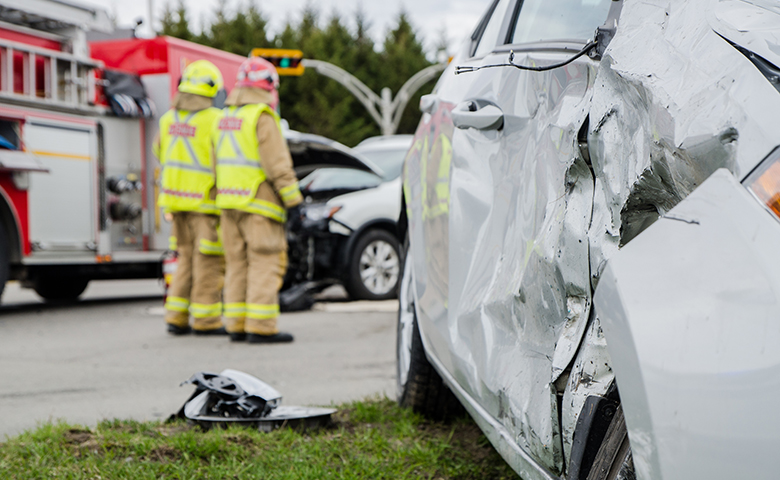Trends in car design have led to the rapid development of new safety features. A quick look at new cars today compared to those of only a decade or two ago, and it’s easy to come to the conclusion that drivers are safer than ever before. And so many were surprised when roadway deaths in the United States increased by over 10% between 2020 and 2021.
Notably, the increase in deaths isn’t spread out evenly, as an article in the New York Times points out that “the recent rise in fatalities has been particularly pronounced among those the government classifies as most vulnerable — cyclists, motorcyclists, pedestrians.”
The article points out a number of causes, all of which have implications for workplace safety. The first is that while speeding and other forms of rushing are always an issue on roadways, this particular human factor was a much bigger problem in 2021 than in previous years. American roads are wide, and as traffic levels dipped during the pandemic, the allure of wide and open streets seemed to create an irresistible urge to drive faster. It turns out that the ability and impetus to speed have been built into civic infrastructure and the only thing holding drivers back was high volumes of traffic.
It’s a good reminder for safety professionals that the structural influences on human factors aren’t always clear. Many influences may be latent, suppressed by existing conditions and unleashed as soon as those conditions change. Changes in the workplace—from environmental alternations to shifts in general behavior to reorganizing workflow—can have unexpected and potentially deadly consequences. Part of managing human factors in the workplace is being aware of when structural changes might alter the ebb and flow of those factors.
Second, safety infrastructure needs to protect both sides of the equation. U.S. driving infrastructure has been designed with a focus on mobility, allowing cars and trucks to go where they need to as expediently as possible. Most improvements to safety have come from car manufacturers, who create features focused on protecting car occupants. Far fewer structural improvements have been made to increase safety for other road users.
The New York Times article points out that, conversely, “other countries have designed transportation systems where human emotion and error are less likely to produce deadly results on [the] roadway.” The end result is that roadway deaths of more vulnerable users have decreased in most countries but increased in North America.
Safety professionals won’t be surprised by this—in the workplace too, it can be a challenge to get workers to look out for others in environments where vehicle operators, mobile equipment and workplace pedestrians regularly cross paths.
And then there’s the final lesson: the value of visibility. Why are so many vulnerable road users hurt in the United States? Paradoxically, it’s because there are so few of them. When there are more cyclists on the road, one might expect there to be more fatalities, but in fact, the opposite is the case. As Forbes points out, “The ‘safety in numbers’ phenomenon is rather simple to grasp – more cyclists means more awareness among motorists.”
There are two takeaways here for safety professionals. The first is fairly straightforward—remind workers about the presence of vulnerable road users like motorcyclists, cyclists, and others. Not only is it the right thing to do, but as 24/7 safety advocates have shown us, things that happen away from work can affect job performance. If someone injures or kills a motorcyclist on their drive home, how likely are they to be in good shape to work the next morning?
Second, visibility can affect the overall risk of a hazard. It’s important to discuss the safety issues that workers are most likely to encounter, but it’s also vital to make space for conversations about rare but no less risky issues. Dedicate at least the occasional toolbox talk to less visible hazards to keep avoid them from slipping from view altogether.

